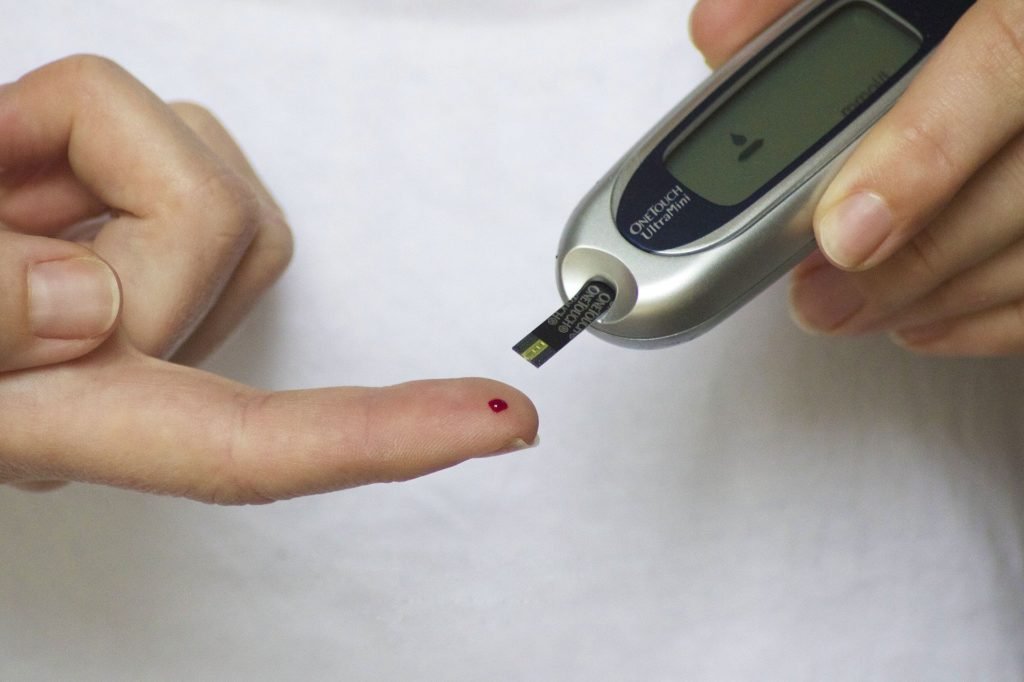Although menisci are not as popular among orthopedic surgeons as patella tendons, they are essential for the knee joint. The medial and lateral menisci help provide stability and support for the knee. They also help give the knee a smooth and gradual change in direction and protection from sudden forces. If you are a frequent runner, you are probably familiar with a meniscus tear’s pain and discomfort. These small tears in the menisci are so common in runners and other athletes that it is known as the “Runner’s knee.”
As with any injury, a meniscus tear can be painful and immobilizing if not appropriately treated. However, this does not mean that a meniscus tear has to be a permanent condition. You can do several things to prevent a meniscus tear and heal faster if you already have one. In this blog post, you’ll learn what a meniscus tear is, the various risk factors, how to treat a meniscus tear, and how to prevent a meniscus tear in the future. In addition, you will learn about simple steps you can take to heal your Meniskusriss and get back to running as soon.
What is a Meniscus Tear?
A meniscus tear is a tear in the knee lining, leading to swelling, pain and reduced mobility. If you have a meniscus tear and are experiencing pain, a torn meniscus can be diagnosed with an MRI or CT scan. There are also imaging techniques that can detect a Meniskusriss when it is developing, such as an arthrogram. Menisci may also be removed through surgery, but this is usually only needed in severe cases. Several risk factors increase your chance of tearing your knee’s menisci, including – The knee’s previous injury, decreased range of motion – Obesity – Highly repetitive movements. Although menisci are small and easy to miss, they should not be taken lightly; if you experience pain or discomfort in your knee while running or other activities that require sudden changes in direction, then it’s time to see a doctor.
Risk Factors for a Meniscus Tear
It is essential to understand the risk factors associated with a Meniskusriss, as they will help you determine if you are at high risk for developing this condition. The higher your age, the greater the chance your meniscus will tear. Our cartilage becomes more brittle as we age, weakening our muscles. – Gender Not surprisingly, women who run or participate in other sports are more likely to have a meniscus tear than men. This is because women typically have weaker muscles near their knees than men. Additionally, women tend to land on their forefeet when running, which may also cause increased meniscus tears in females. – Sport Increasingly, studies suggest that individuals participating in contact sports such as football and soccer are at an increased risk of developing a meniscus tear. This is due to the increased forces these athletes put on their knees during jumping and changing direction activities.
How to Treat a Meniscus Tear
First, it is essential to know and understand the difference between a partial tear of the meniscus and a complete tear. A partial tear of the meniscus is usually painful but will heal on its own in a few weeks. On the other hand, a complete tear of the meniscus is usually more painful and can take six months. However, many contemporary treatments for this type of injury can help speed up the process and reduce pain. To prevent or treat a meniscus tear, you will need to rest your knee for about 2-4 weeks and follow 3 simple steps:
1) Ice: This first step should be done right after an injury. Ideally, ice should initially be applied for 20 minutes every 2-3 hours while swelling is present. Using ice can provide relief from pain and swelling until it subsides.
2) Compression: Compression is another helpful tool in preventing or treating a meniscus tear because it can reduce swelling by limiting blood flow in the area. If you have access to compression stockings, they are recommended.
3) Elevation: This final step has multiple purposes, including improving blood flow, reducing pain, reducing inflammation, and providing support when recovering from an injury such as a meniscus tear. If needed, you can elevate your body part with pillows or use an elastic bandage around your knee.
Tips for Preventing a Meniscus Tear in the Future
Stretch 2. Maintain good flexibility 3. Strengthen your muscles with the right exercises The best way to prevent a meniscus tear is by staying flexible, maintaining good flexibility, and strengthening your muscles with the right exercises. Suppose you are already experiencing pain or discomfort in your knee. In that case, it is time to seek professional help from an orthopedic surgeon to prevent further damage to the meniscus tear and get back to running safely as soon as possible.
Conclusion
When a Meniscus Tear is caused by activity, it’s essential to listen to your body and stop if symptoms start to show. But if you have been active and have a Meniscus Tear, here are three steps to take to avoid further damage and get back to living your life. If you are in the beginning stages of a Meniscus Tear, it’s essential to know how to treat the injury properly. While the recovery process will vary from person to person, the most critical part is to listen to your body and stop if symptoms start to show.


